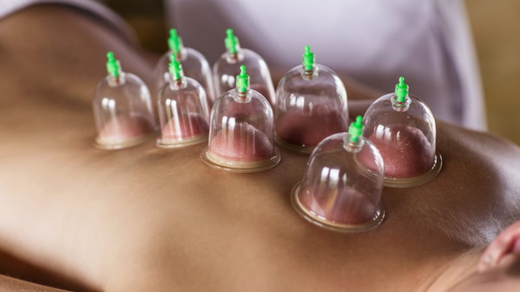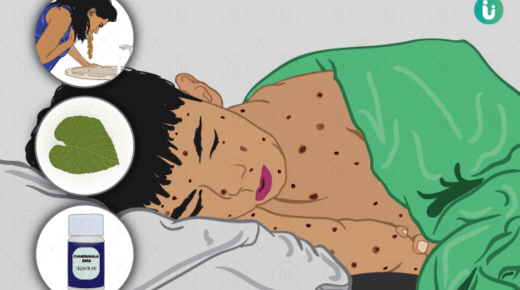What Is Cupping Therapy and How Can It Support Your Wellness Journey?

When you ask yourself what is cupping therapy, it often brings curiosity about how this ancient practice could fit into modern health care. At Control Physical Therapy, we believe in guiding you toward safe and effective treatments that support your well-being while complementing your lifestyle. Cupping therapy is one of those time-tested approaches that we incorporate thoughtfully into our practice. By the end of this article, you’ll understand what cupping therapy is, how it works, the potential benefits, and why it continues to gain interest among individuals looking for natural, non-invasive care options.
A Brief History of Cupping Therapy
Cupping therapy isn’t new, it has roots that trace back thousands of years. Civilizations such as the Egyptians, Chinese, and Middle Eastern cultures practiced it as a way to address discomfort, promote circulation, and encourage balance in the body. Ancient medical texts describe cupping as a method for drawing out what was believed to be “stagnant” energy or fluids.
While the philosophy behind cupping has shifted over centuries, the practice has remained remarkably consistent. Today, we use modern versions of the same technique, combining tradition with current knowledge of anatomy and physiology to make it a safe and accessible option for our patients.
How Cupping Therapy Works
Cupping involves placing cups, often made of glass, silicone, or plastic, onto your skin to create suction. This suction gently lifts the skin and underlying tissue, drawing blood toward the surface. The result is increased circulation, which is thought to help relax muscles, ease tension, and support recovery.
There are two main types of cupping:
- Dry Cupping – This technique uses suction alone. Cups are placed on the skin and left for several minutes.
- Wet Cupping – Less common in modern physical therapy practices, this involves small incisions along with suction. At Control Physical Therapy, we focus primarily on dry cupping for safety and comfort.
Many people notice temporary circular marks after a session, which are simply a result of the suction. They’re not bruises in the traditional sense and usually fade within a week.
Why People Choose Cupping Therapy
Patients seek out cupping therapy for different reasons. Some come to us for relief from muscle tightness after exercise, while others are interested in its role in stress reduction. Here are some of the most common benefits associated with cupping therapy:
1. Muscle Relaxation
When muscles feel tight, stiff, or sore, cupping can help reduce tension. By increasing blood flow to specific areas, it encourages relaxation and can make movement more comfortable.
2. Circulation Support
Improved circulation helps deliver nutrients and oxygen to tissues, which is important for overall recovery and healing.
3. Reduced Discomfort
Many patients report feeling less pain after cupping sessions, particularly those dealing with chronic issues such as back or shoulder discomfort.
4. Stress Relief
The soothing sensation of cupping can promote a state of relaxation, which supports both physical and emotional well-being.
5. Complement to Other Treatments
Cupping therapy often works well alongside other physical therapy techniques. When paired with stretching, manual therapy, or guided exercise, it can provide a more comprehensive approach to care.
What to Expect During a Cupping Session
Your comfort is our top priority, so we always start with a discussion about your health history and goals. Once we’ve identified areas that may benefit from cupping, here’s what typically happens during a session:
- Preparation – The skin is cleaned, and cups are selected based on the area being treated.
- Application – Cups are placed on the skin, and suction is created either with heat or a mechanical pump.
- Session Duration – Cups usually stay in place for 5–15 minutes.
- Aftercare – Once the cups are removed, we may perform gentle stretching or manual therapy to support the results.
You might feel a pulling sensation while the cups are in place, but most people describe it as relaxing rather than uncomfortable.
Who Can Benefit from Cupping Therapy?
Cupping can be helpful for many people, from athletes managing muscle soreness to office workers dealing with postural tension. We often recommend it for:
- Individuals with tight muscles from repetitive movements or heavy workouts
- Those experiencing ongoing neck or back discomfort
- People looking for non-invasive methods to support relaxation and stress relief
- Patients who want to add a traditional technique to their physical therapy program
Of course, cupping isn’t right for everyone. We take the time to evaluate your specific needs to ensure it’s a safe choice. For example, cupping may not be recommended if you have certain skin conditions, bleeding disorders, or specific health concerns.
Common Questions About Cupping Therapy
- Does cupping hurt?
Most patients find cupping to be a relaxing experience. The suction may feel unusual at first, but it’s not typically painful. - How long do the marks last?
The circular marks left by cupping usually fade within a week, depending on your skin and circulation. - How many sessions will I need?
The number of sessions depends on your goals. Some patients notice benefits after one session, while others schedule regular treatments as part of their wellness routine. - Can I combine cupping with other therapies?
Yes. Cupping often complements techniques such as massage, stretching, and targeted exercises.
The Modern Perspective on Cupping
One of the most interesting aspects of cupping therapy is how it bridges the gap between traditional healing and modern physical therapy. While its roots are ancient, today we view it through the lens of circulation, muscle recovery, and stress management.
At Control Physical Therapy, we use cupping as a supportive tool rather than a stand-alone solution. Our approach is always holistic, considering your overall goals, lifestyle, and long-term well-being.
Taking the Next Step
If you’ve ever wondered what is cupping therapy and whether it could be a good fit for you, the best way to learn more is by talking with a professional who understands both the tradition and modern application of the technique. At Control Physical Therapy, our team is here to guide you with care and attention, ensuring that any treatment aligns with your specific needs. Visit https://controlphysicaltherapy.com/ to learn more or schedule your consultation today.




